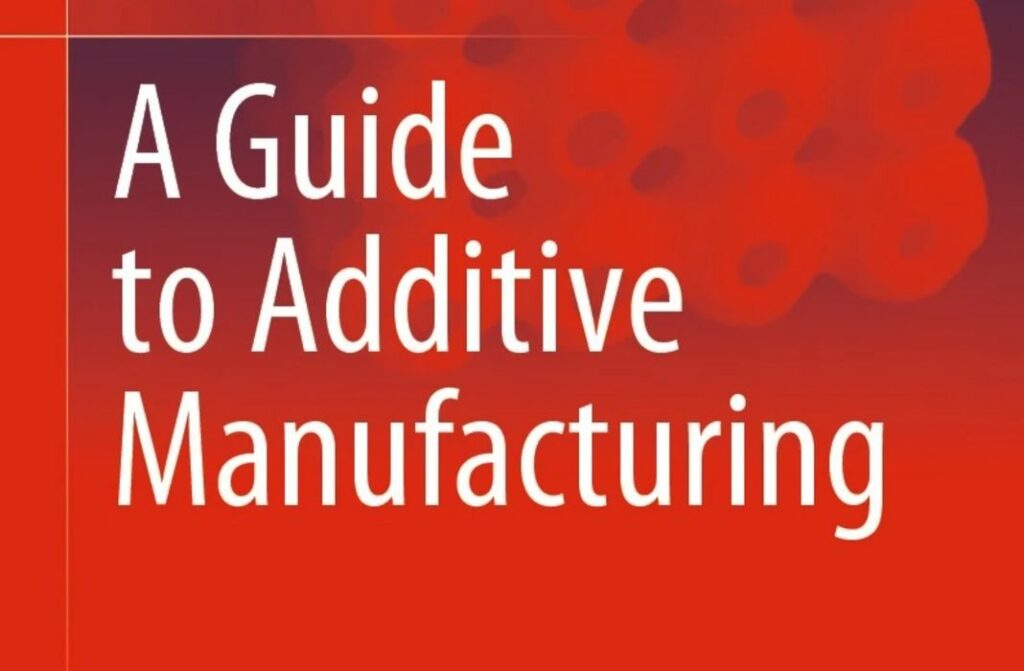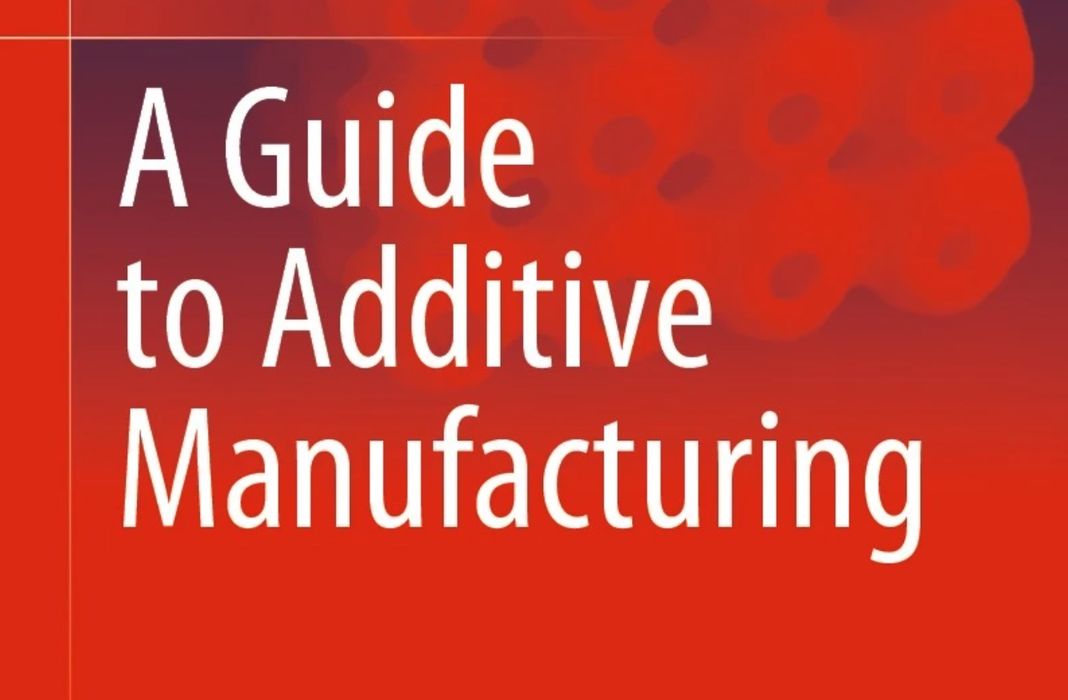
This week’s selection is “A Guide to Additive Manufacturing” by editors Damir Godec, Joamin Gonzalez-Gutierrez, Axel Nordin, Eujin Pei and Julia Ureña Alcázar.
This is a very comprehensive book all about additive manufacturing, and there’s a very surprising twist to it. More on that later.
The editors, from various notable universities across Europe and the UK, have put together a 324 page book containing a complete overview of the technology from a variety of viewpoints.
The book begins with a basic explanation of additive manufacturing technology, and then proceeding to explain the typical workflows encounters with AM.
An entire chapter is devoted to standardization in AM, which has become more robust in recent years due to the work of dedicated committees worldwide.
A considerable part of the book goes of the concept of Design for AM, a practice required to truly leverage this powerful technology. Many outside the AM world don’t yet understand this concept, and assume they will continue making the same kind of parts they’ve always made using conventional making technologies. However, those old parts were designed with the constraints of the original making technologies in mind, while AM’s constraints are quite different. New designs are required for new technologies.
The book continues with chapters on process simulation, a topic of growing interesting, and applications of AM, which are rapidly widening as manufacturers explore the technology further.
A large section of the book discusses the process of material development, which is a critical aspect of AM. While 3D printer manufacturers often supply a set of standard, certified materials, very often manufacturers require something different that doesn’t yet exist on the certification lists. As a result, many manufacturers end up developing their own unique materials for their products, and that’s a science of its own.
Finally, the book reviews a case study of a functionally graded material, a type of composite, that was used to create aerospace parts to be used in extreme environments.
That’s just the sort of application being used for many AM projects today.
If you’re looking for a deep introduction to today’s additive manufacturing technologies, this is the book for you.
But there is a twist, as I mentioned. This book is available from Springer for free! Evidently the EU Horizon 2020 project paid for open access to this text, and you can download PDFs of each section.
Via Springer (hat tip to Benjamin)

